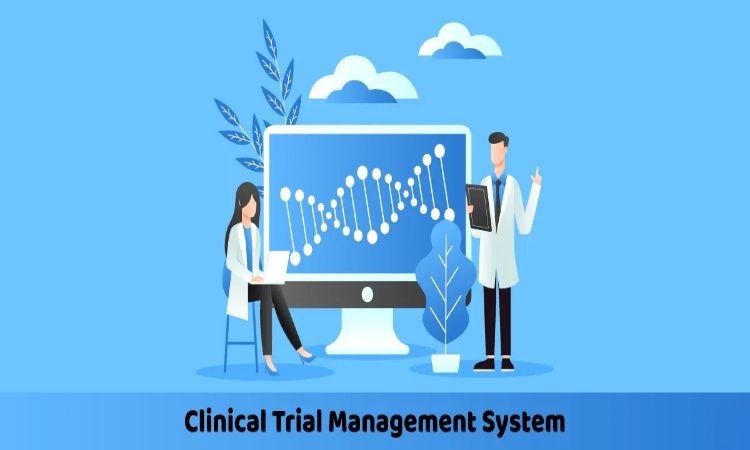Clinical trials are the foundation of medical advancement and come with a significant amount of data and documentation. From protocols and patient forms to investigator reports and regulatory submissions, it is critical to manage information securely and efficiently. A medical content management solution for life sciences delivers measurable value to research organizations by simplifying the process of handling documents, ensuring compliance, and expediting study timelines.
The Complexity of Clinical Trials
Clinical studies are quite complex today, especially with the study design, global collaborations, and the regulatory landscape. When you have multiple clinical trial sites and collaborating partners, it is easy to get bogged down in ensuring everyone is working from the most accurate, complete, and current documents. Inefficiencies or old processes can lead to version control issues, discrepancies in the data, and compliance issues that slow the approval process.
A centralized clinical content management system can provide an organized, compliant space to store, manage, and share key clinical trial documents. It reduces time and administrative burden, encourages transparency during the clinical trial process, and decreases the chances of document duplication.
Benefits of a Clinical Content Management Solution
Centralized Access to Your Data and Documents
Instead of managing multiple platforms or relying on emails to send information, research investigators and clinical ops can access their protocols, SOPs, study reports, and study submissions from one secure, integrated platform. Centralized information reduces confusion and ensures that everyone is on the same page.
Built-in Compliance Ready for Regulatory Submission
Clinical studies also have compliance requirements from regulatory bodies, such as FDA 21 CFR Part 11, GxP, and ICH-GCP. Today’s content management systems have audit trails, automated versioning, and e-signatures built into their systems that facilitate compliance with regulatory agencies. A team can easily show the history and integrity of the documents used for a study without a problem during audits.
Faster Workflow and Less Lag Time
Automation features prepare documents for review and approval, which allows for a reduction in bottlenecks and manual follow-up. Teams can work on protocols and reports simultaneously without writing over each other’s work. This leads to a more seamless workflow, resulting in a faster turnaround time for key deliverables.
Security and Governance of Data
Protecting patient information and sensitive information belonging to a study team is crucial. These solutions use encryption, access controls, and user permissions to protect such data.
Facilitating Collaboration across the Research Ecosystem
Clinical trials are a collection of processes shared among sponsors, CROs, regulators, and often academic partners. A compelling content management system enhances information sharing and collaboration across the planning team, all while maintaining strict controls over document permissions and data integrity.
Research teams from across the globe can participate in a real-time review and update of trial data so that the trial can carry forward, despite their location. Not only does some of this connectivity improve the way companies operate, but it also supports faster and more fully informed decisions.A team can easily show the history and integrity of the documents used for a study without a problem during audits.
A Smarter Way to Find Success
From housing all documentation to building and automating workflows, and maintaining data integrity, a good clinical content management platform provides the research team the ability to prioritize what really matters, progress, and improve patient outcomes. As clinical research continues to grow and at a global capacity, effectively managing information is one of many key ways to release faster and safer therapies in the market. Egnyte offers a secure, GxP-compliant content cloud tailored for life sciences, enabling streamlined collaboration, automated compliance, and real-time insights across the R&D lifecycle.A team can easily show the history and integrity of the documents used for a study without a problem during audits.



